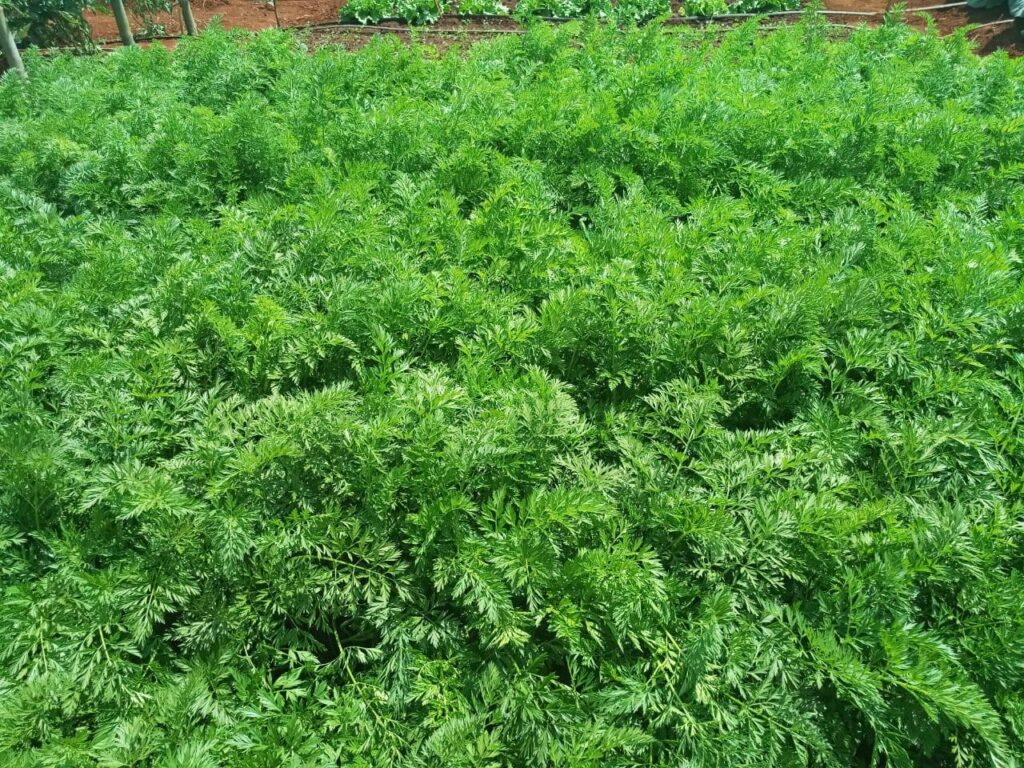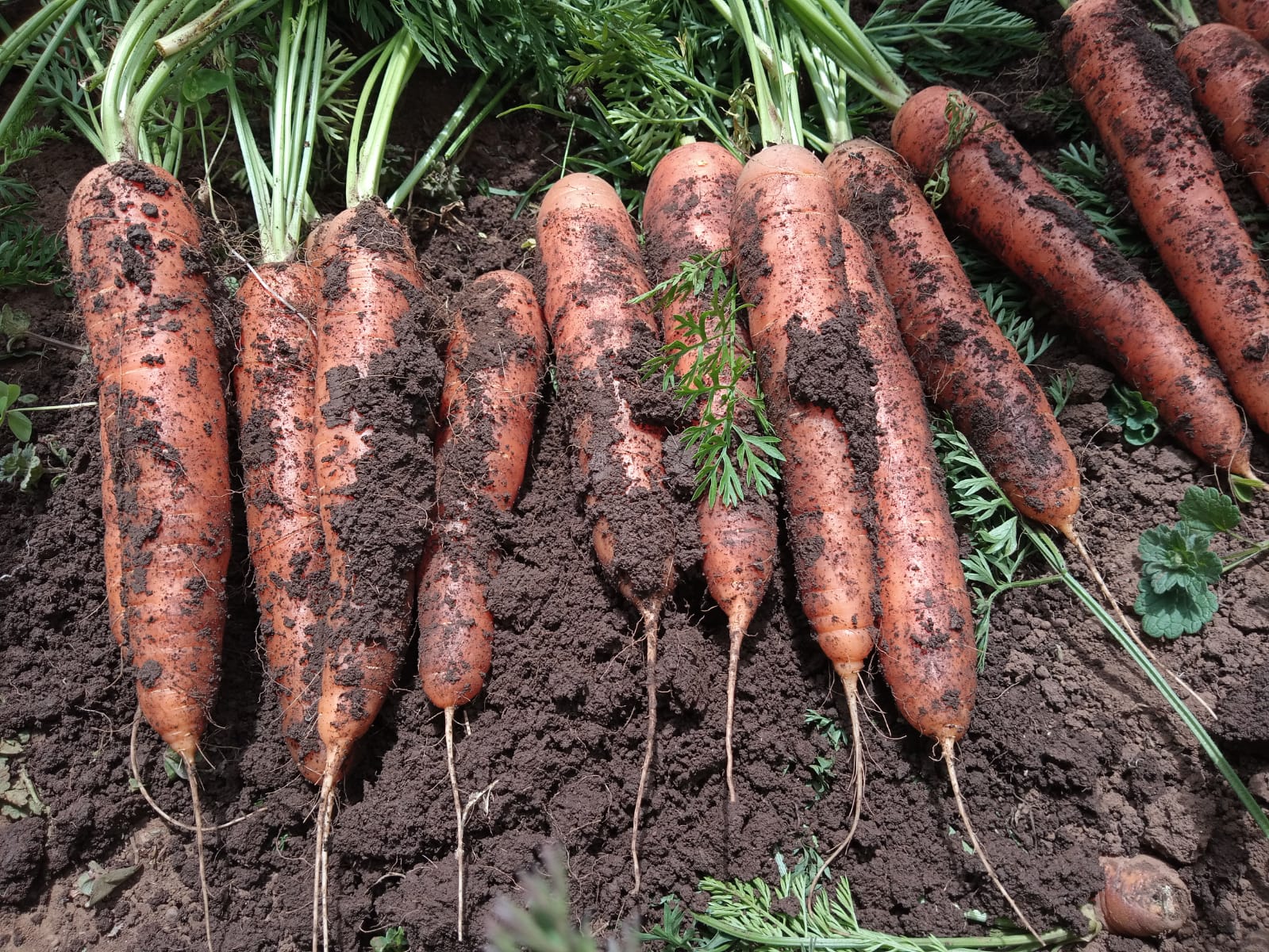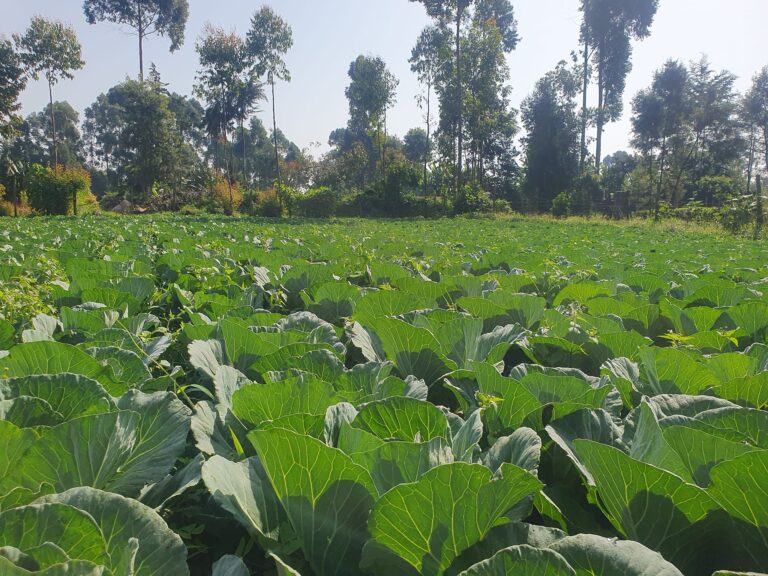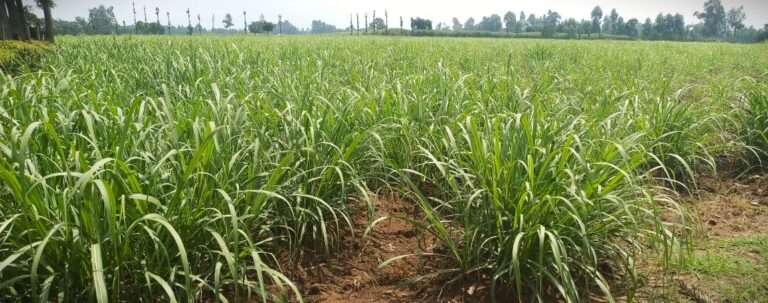Carrot Yield Per Acre In Kenya
What is the average yield of carrots per acre in Kenya? Under optimal conditions, carrot farmers in Kenya can expect an average yield ranging from 10 to 15 tons per acre. With improved farming practices and high-quality seed varieties, yields can potentially exceed 20 tons per acre.
Carrot can vary based on several factors, including the carrot variety, soil quality, climate, cultivation practices, and pest management. Keep in mind that actual yields may differ based on specific conditions.
Carrots are a high-value crop, and one kg can be sold at approximately KES 60 translating to a potential income of KES 600,000 to KES 900,000 per acre.
Carrot farming in Kenya
Carrot farming in Kenya has grown significantly due to its profitability and the increasing demand in both local and export markets. Farmers are continually seeking ways to improve their yield per acre to meet this demand and ensure economic sustainability.
This article provides an in-depth analysis of the average carrot yield per acre in Kenya, the factors influencing this yield, and practical strategies to boost productivity.

Importance of Carrot Farming in Kenya
Carrots are not only a nutritious vegetable but also a high-value crop that provides substantial income for Kenyan farmers. They are consumed in various forms, including fresh, juiced, or cooked, making them a versatile ingredient in many culinary dishes.
The favorable climatic conditions in Kenya, particularly in regions like Rift Valley, Central, and Western Kenya, support the cultivation of carrots throughout the year.
Average Carrot Yield Per Acre
The average yield of carrots per acre in Kenya varies depending on several factors, including farming practices, soil fertility, and weather conditions.
On average, farmers can expect a yield of 10 to 15 tons per acre. However, with optimal farming practices, yields can reach up to 20 tons per acre.
Factors Influencing Carrot Yield
Several factors influence the yield of carrots per acre, including:
Soil Preparation and Fertilization
Carrots thrive in well-drained, sandy loam soils with a pH of 6.0 to 6.8. Proper soil preparation involves deep plowing to ensure the soil is loose and free from stones, which can hinder root development. Farmers should incorporate organic manure or compost into the soil to enhance fertility.
Applying balanced fertilizers such as NPK (Nitrogen, Phosphorus, Potassium) at recommended rates is crucial for healthy crop growth.
Carrot Seed Selection and Planting Techniques
Choosing high-quality, disease-resistant carrot seeds is essential for achieving a good yield. Improved hybrid varieties, although more expensive, often result in higher yields and better quality roots.

Carrot seeds should be sown directly into the soil, spaced adequately to prevent overcrowding, which can lead to poor root development.
Planting Techniques for Optimal Yield
| Parameter | Recommendation |
| Seed Spacing | 2-3 cm apart |
| Row Spacing | 20-30 cm apart |
| Seeding Depth | 0.5-1 cm |
| Thinning | When plants are 2-3 cm tall |
Irrigation Requirements
Carrots require consistent moisture to develop properly, particularly during the germination and root development stages. Drip irrigation is recommended for efficient water use and to prevent waterlogging, which can cause root rot.
Maintaining soil moisture without overwatering is crucial for optimal carrot growth.
Carrot Pest and Disease Management
Common pests affecting carrots in Kenya include carrot rust flies, aphids, and nematodes. Diseases such as Alternaria leaf blight and powdery mildew can also impact yield. Integrated pest management (IPM) practices, including crop rotation, use of resistant varieties, and biological control, can help manage these issues effectively.
Carrot Weeding and Thinning Practices
Weeds compete with carrot plants for nutrients, water, and light, affecting their growth. Regular weeding is necessary to maintain a clean field. T
hinning should be done when the plants are about 2-3 cm tall to ensure adequate spacing and prevent competition among the plants.
Harvesting Techniques
Carrots are typically ready for harvest 70 to 120 days after planting, depending on the variety. Harvesting should be done carefully to avoid damaging the roots. Using appropriate tools and techniques ensures that the carrots are pulled out without breakage.

Post-Harvest Handling and Storage
Proper post-harvest handling is essential to maintain the quality of the carrots. Washing, grading, and packaging should be done promptly to prepare the carrots for market. Carrots should be stored in a cool, moist environment to extend their shelf life and prevent wilting.
Market Access and Pricing
Carrots are sold in local markets, supermarkets, and for export. Market prices fluctuate based on supply and demand, with peak prices often observed during off-peak production periods. Establishing reliable market channels and understanding market dynamics can help farmers secure better prices.
Economic Analysis: Carrot Costs and Returns
To understand the profitability of carrot farming, it is essential to analyze the costs and returns per acre.
Economic Analysis of Carrot Farming
| Expense Category | Cost (Ksh) |
| Land preparation | 10,000 |
| Seeds | 5,000 |
| Fertilizers | 7,000 |
| Irrigation | 10,000 |
| Pest and disease control | 4,000 |
| Labor | 15,000 |
| Harvesting | 3,000 |
| Post-Harvest Handling | 2,000 |
| Transportation | 3,000 |
| Marketing | 2,000 |
| Total Estimated Cost | 61,000 |
With an average yield of 12 tons (12,000 kg) per acre and a market price of Ksh 60 per kg, the total revenue per acre can be Ksh 720,000. Subtracting the total costs (Ksh 61,000) from the revenue gives a net profit of Ksh 629,000 per acre.
Strategies to Increase Carrot Yield
To increase carrot yield, farmers can adopt the following strategies:
- Use of improved seed varieties: Hybrid seeds often result in higher yields and better quality.
- Efficient irrigation methods: Drip irrigation helps in conserving water and ensuring consistent moisture.
- Integrated pest management: Combines biological, cultural, and chemical control methods to reduce pest damage.
- Soil fertility management: Regular soil testing and appropriate fertilization enhance soil health and productivity.
Case Study: A Successful Carrot Farm
John, a carrot farmer in Nakuru County, implemented efficient farming practices and received support from agricultural extension services.

By using high-quality hybrid seeds and drip irrigation, John increased his yield to 18 tons per acre. His total revenue was Ksh 540,000, and after deducting costs of Ksh 61,000, he achieved a net profit of Ksh 479,000.
Challenges in Carrot Farming
Despite its profitability, carrot farming faces several challenges, including:
- Pest and disease outbreaks: Regular monitoring and effective control measures are essential.
- Market fluctuations: Prices can vary significantly, affecting profitability.
- Climate variability: Adapting farming practices to cope with changing weather conditions is necessary.
FAQs
What is the average yield of carrots per acre in Kenya? The average yield is about 10 to 15 tons per acre, with optimal farming practices achieving up to 20 tons.
How can I increase my carrot yield? You can increase yield by using high-quality seeds, efficient irrigation methods, proper soil preparation, and integrated pest management.
What are the common pests and diseases affecting carrots? Common pests include carrot rust flies and aphids, while diseases such as Alternaria leaf blight and powdery mildew can impact yield.
What are the benefits of using hybrid carrot seeds? Hybrid seeds offer higher yields, better disease resistance, and uniform growth, leading to increased profitability.





